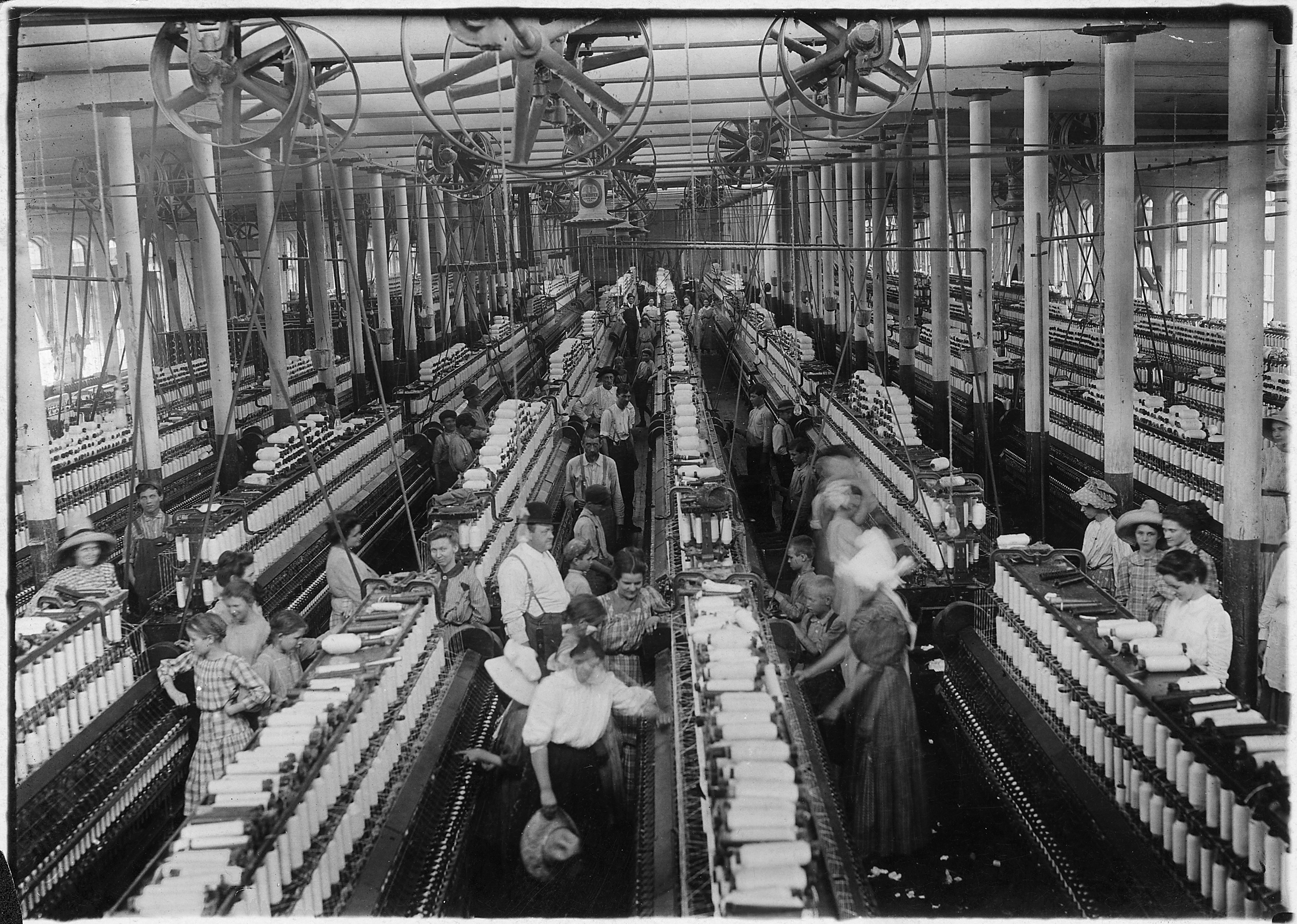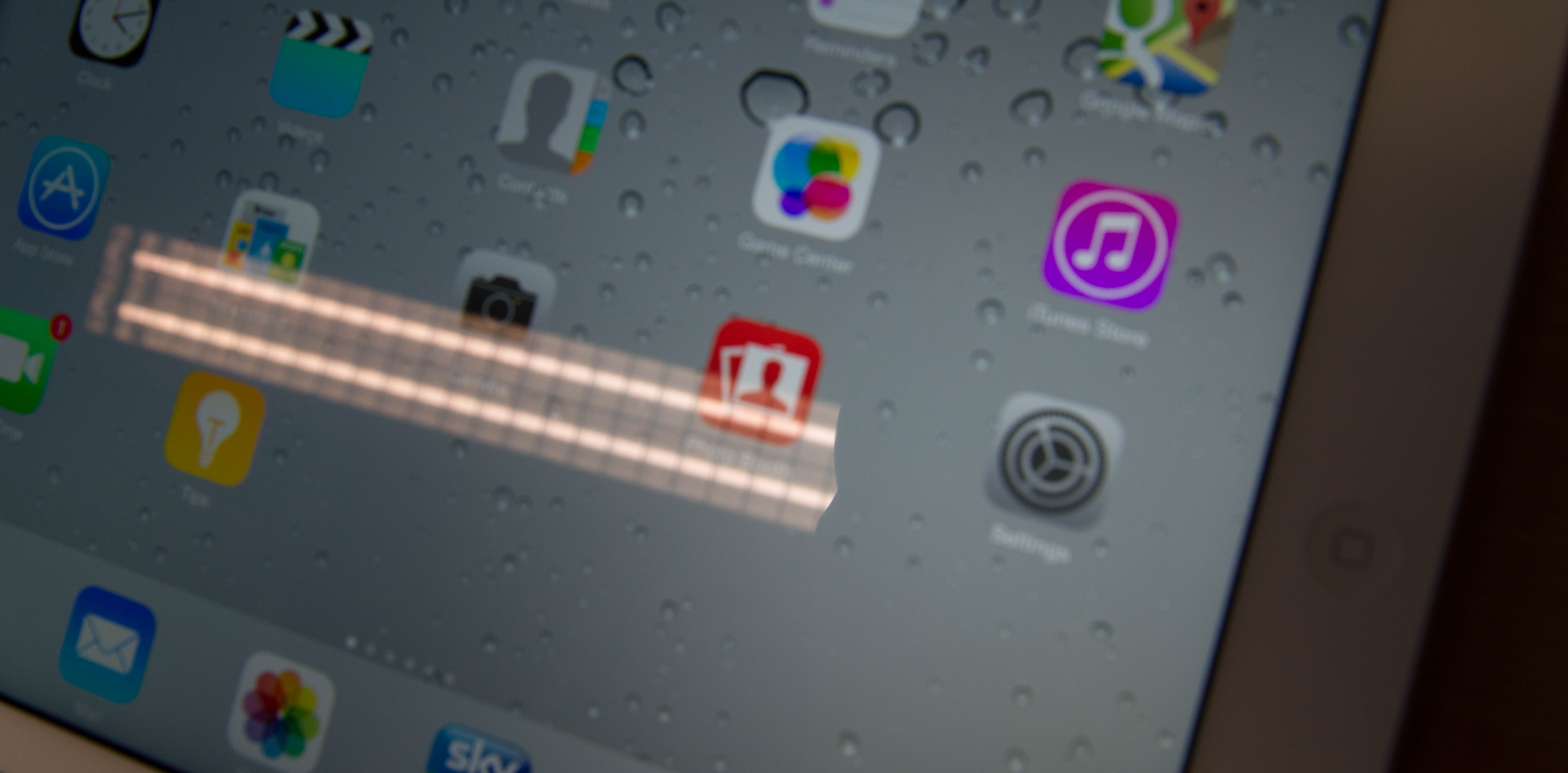The future of workplace lighting

Posted on
April 14th 2016
Posted in
Random stuff
Uncategorized
What will the workplace of the future look like?
This question is very difficult to answer – although it’s probably safe to predict that it won’t look like it does today.
Let’s consider how the workplace has evolved thus far. In the days of the William Blake’s dark satanic mills, buildings were designed for optimal daylight conditions: generous ceiling heights, lots of windows and skylights. Of course this was before electric light was invented so maximal daylight equated to a longer working day and hence more profit for the factory owner.
 Then the task changed, the machines were replaced by desks and the job became paper-based. And because of electric lighting there was no need for windows (apart from the one to the supervisor’s office). There was more light than you could ever wish for and you could work as many hours as your boss could dream of.
Then the task changed, the machines were replaced by desks and the job became paper-based. And because of electric lighting there was no need for windows (apart from the one to the supervisor’s office). There was more light than you could ever wish for and you could work as many hours as your boss could dream of.
The task changed again when computers replaced the paper. By now we were used to being able to have as much light as we liked but the challenge became how to control the light, to avoid glare and reflections in CRT computer screens (which were themselves, of course, light sources).
Then the screens changed from black to white and smartphones and tablets entered the workplace, each presenting their own unique challenges from a lighting perspective – have you noticed how irritating ceiling lights are when reflected in your iPad screen?

And still the workplace continues to evolve. Instead of being hemmed into your cubicle now, office workers are becoming ‘free range’. Statistics suggest that at least a third of office workers are not at their office (I wonder where they go?). So office planners (quite reasonably) design for fewer people on the assumption that not everyone will show up and implication being that you might not be at the same desk each day.
So where to from here and what will be the implications for lighting design?
I can’t see the workforce becoming any less mobile any time soon. And many governments are looking to extend the retirement age; hence we will see workplaces with a wider age spectrum of employees. Older workers generally need more light than their younger colleagues.
In France, Carrefour has deployed a lighting system that has embedded locational smarts into the LED luminaires. These tell the shopper where the discounts are in store while also providing Carrefour with lots of information about your shopping preferences. Imagine if this kind of technology was applied to lighting in the workplace and lighting is delivered specific to the requirements of the user – perhaps brighter for older worker, more blue-enriched in the afternoon when we’re sleepy; the possibilities are many.
It’s an exciting time to be a lighting designer.


